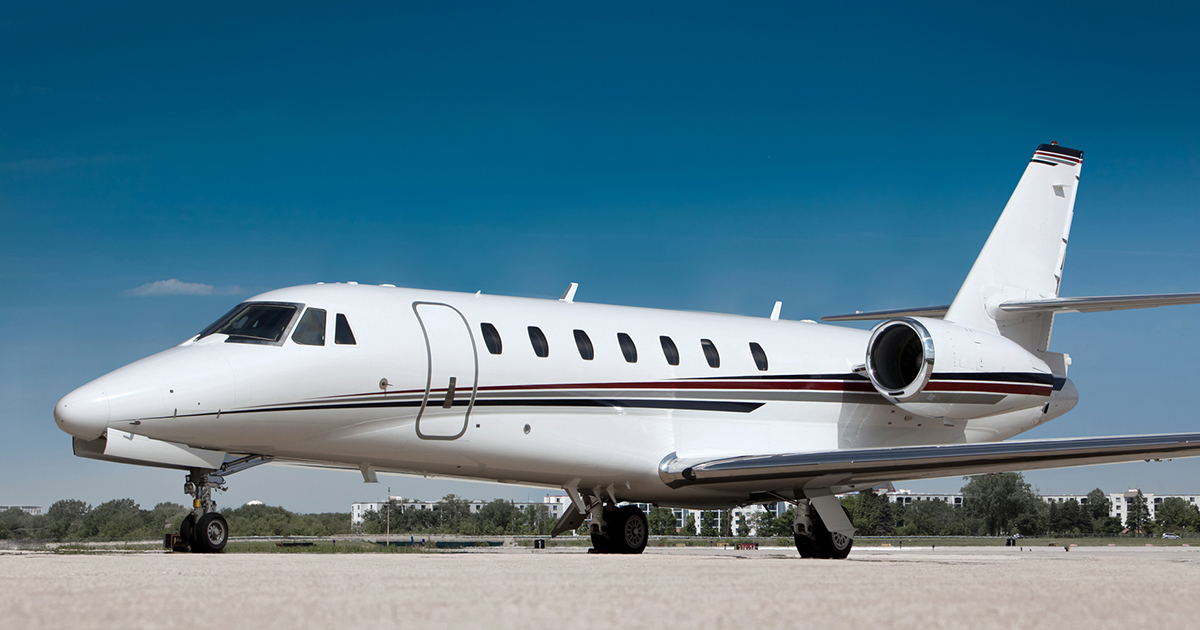You May Be Participating in Illegal Charter, and Not Even Know It?
1.20.20
Illegal charter has quickly become a hot topic in the private aviation world. The topic, while not new, has recently gained the attention of regulators because of the proliferation of start-up businesses trying to emulate UBER but on private jets. The FAA rightly holds that the complexities of corporate aviation pose vastly different safety and security concerns compared to ground transportation, and trying to employ/develop an UBER or flight sharing model can place the buying public at risk.
Frequently we see owners of private, non-charter aircraft dismiss this topic because they don’t “rent out their plane.” That being said, it’s likely that these same owners field requests from their “inner circle” to borrow their aircraft. The requester usually offers to reimburse all the expenses or maybe they’ll repay by offering their plane to you when yours isn’t available. This situation, although likely an innocent approach, represents “Illegal Charter.” Here’s what the FAA and the NTSB are worried about.
The FAA, amongst other tenants, is obviously tasked with operating and auditing the system that ensures the public can fly safely. They do that by certifying charter operators, holding them to an operating standard higher than that of private operators, and providing oversight to verify compliance. There is no doubt and no argument that there are lots of high quality private operations, but by regulation the standard is lower, and the FAA certainly doesn’t provide the same oversight. The FAA views an owner’s friend who borrows an airplane and pays for it as the “flying public” and they are subject to their protection. So when you let someone borrow your plane, it places you squarely in the crosshairs of the “Illegal Charters.”
Besides the regulatory aspect of this situation, consider the liability. Every owner believes they have the safest pilots, the best maintenance, and the safest aircraft in the sky. Tragically, I’m sure that’s what the owners of the Challenger, the Pilatus, and the Citation Latitude believed …..to just name three 2019 accidents. I’ll also submit that even in these terrible situations, the NTSB may conclude that rigorous safety standards were in place and the accidents unavoidable. But, imagine the nightmare if this happened to be your aircraft when you let a friend “borrow” it. Regardless of the cause of those accidents, the law is clear. When your aircraft flies privately (part 91,) even if you’re not on it, you’re responsible. The only two ways to legally shed that responsibility is through a dry lease or by legally chartering.
We are in an era of rapid evolution, and one societal change is the movement towards a “shared economy.” This is highlighted by companies such as UBER and WeWork. The FAA and the NTSB are concerned that there are significant safety risks allowing the public to access aircraft that aren’t subject to rigorous safety standards required in commercial operations. And that is what’s driving massive focus on “Illegal Charters.”
Resources:
https://www.faa.gov/about/initiatives/safe_charter_operations
![$headerLogo['alt']; ?>](https://www.priesterav.com/wp-content/uploads/2021/09/Priester-logo-1.png)


 BACK
BACK